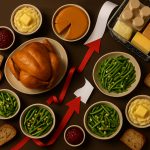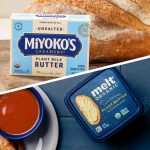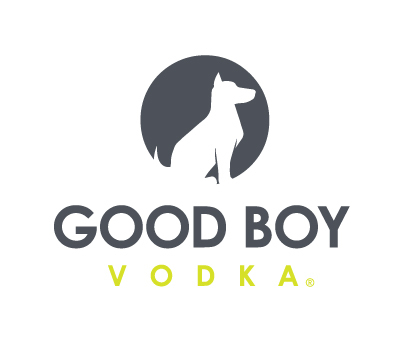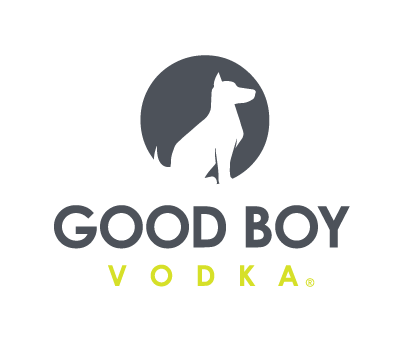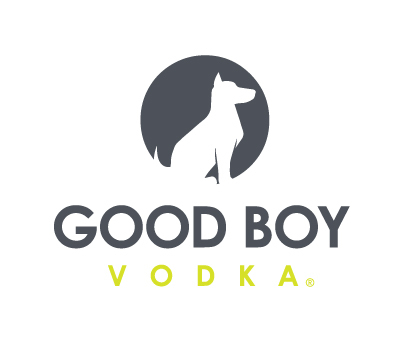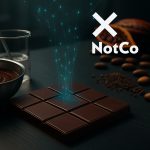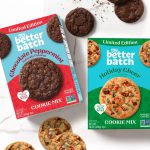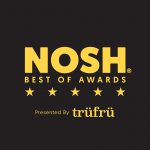Research Recap: 2019 ‘Blockbuster’ Year for Launches, But Pandemic Causes Shifts
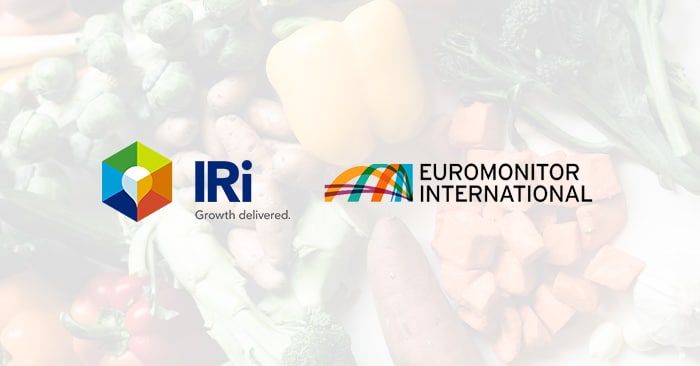
Though the current market has been thoroughly disrupted by the COVID-19 pandemic, leaving uncertainty about how consumer behavior will shift long term, a new report by market research firm IRI showed that last year was marked by numerous “blockbuster” food and beverage launches as both conglomerates and smaller companies introduced new products that quickly surpassed $100 million in sales.
In the report released last month — titled “Innovation Before ‘The New Normal’” — IRI identified six “New Product Pacesetters” that topped $100 million in multi-outlet channel year-over-year sales (excluding convenience), including Bang Energy ($299.4 million), Enfamil NeuroPro ($230.5 million), Gatorade G Zero ($154.4 million), Bubly ($116.3 million), Oroweat Sandwich Thins ($103.2 million) and Corona Premier ($101.8 million).
The median food and beverage “Pacesetter” launches earned $19 million in 2019, compared to $11 million in 2018, an increase the report called “notable and considerable.” In 2018, $100 million launches accounted for only 2% of all new products and 11% of dollar sales, while that percentage increased to 5% of all launches in 2019 and 33% of dollar sales.
the report noted that formerly niche products and categories have moved into mass market channels. One such brand was PepsiCo’s sparkling water line Bubly, which benefited from both the rapid growth of the category as well as the conglomerate’s ability to rapidly scale the brand.
“Owned by PepsiCo, Bubly exemplifies a small brand with a big image from a big company, thanks to its attributes and attractive packaging, as well as its deep-pocket marketing and merchandising,” the report states. “It carries the aura of a small, niche brand, but the power of a big-brand player to help it find and connect with consumers who appreciate unique brands.”
According to the report, 53% of “Pacesetters” in 2019 came from small and extra-small companies, defined as having $1 billion or less in total sales. One influential factor in giving these products a boost is what IRI called “the Shark Tank effect,” referring to the investment-based reality TV show. Appearing on the program and receiving good feedback or investments from the hosts helps brands drive both consumer and distributor recognition and product sales. Among the brands cited as benefitting from the effect were Kodiak Cakes Power Waffles and chickpea-based pasta maker Banza.
“There’s a distinct mentality here, and the product must effectively tap and deliver on a niche need that is broadly recognized,” the report states. “Products experiencing the Shark Tank effect are solid, but unique, and once they get an endorsement from the show and the Sharks, they gain the distribution needed for true traction and organic growth.”
The report also found that roughly 25-30% of sales dollars for major launches are put towards marketing. In 2019, the launch of PepsiCo’s Gatorade G Zero line, which generated $154 million in multi-outlet sales, was supported by $39.5 million spent on advertising, according to Kantar Media. However, smaller and more niche brands have been able to gain traction online; Bang Energy, which was the number one food and beverage Pacesetter, spent only $2,200 on traditional media marketing while reporting about $300 million in sales and instead focused on utilizing social media.
Looking ahead, consumers continue to embrace natural and healthy products and demand may increase post-pandemic. As well, IRI forecast that product launch timetables will play a more significant role in the future due to the impacts of COVID-19; about one-third of new food and beverage launches achieved 30% distribution or more in Q1 of 2020 and as brands pull back on innovation rollout “it’s likely that the lion’s share of innovation for this year is already on the market.”
“Rising Stars of next year launched this year amid the COVID-19 chaos and, given historical trends, launched in first quarter,” the report states. “Manufacturers and brand owners need to closely monitor the ability to source ingredients and production and distribution in a taxing supply chain. They will likely face headwind in new product development and consumer adoption.”
Euromonitor: Food and Beverage May Be Only Sector with Positive 2020 Growth
Though many states and countries are moving to get back to business as usual, the economic damage from the COVID-19 pandemic is still being felt as almost all consumer spending sectors show projected declines for 2020 with food and beverage as the lone standout for growth, according to a new article by An Hodgson, head of income and expenditure research at Euromonitor.
Global consumer expenditure growth is expected to decline 4.3% year-over-year, compared to 2.4% growth in 2019, according to Euromonitor. With a global recession expected, total disposable income is predicted to fall 3.7% (compared to 2.6% growth in 2019). While sectors such as transportation, hospitality, clothing and communications will decline, food and beverage is expected to see over 2% growth (though still slightly down from 2019).
“While consumers cut back their spending, food and non-alcoholic beverages will be the only category to record positive spending growth in 2020, since lockdowns and self-isolation prompted them to stockpile,” Hodgson wrote. “Transport is expected to be particularly hard hit, as people stay home (thereby not using either public or private transport) and cancel all their summer travel plans.”
As consumers deal with the long lasting emotional and economic impacts of the pandemic, they are likely to be both more cautious about health and wellness and more frugal with their spending, Hodgson wrote. Brands and businesses that successfully navigate the post-pandemic period will need to prepare for the “new normal” of “digital consumer engagement, ecommerce, cashless payment, and at-home consumption.”

